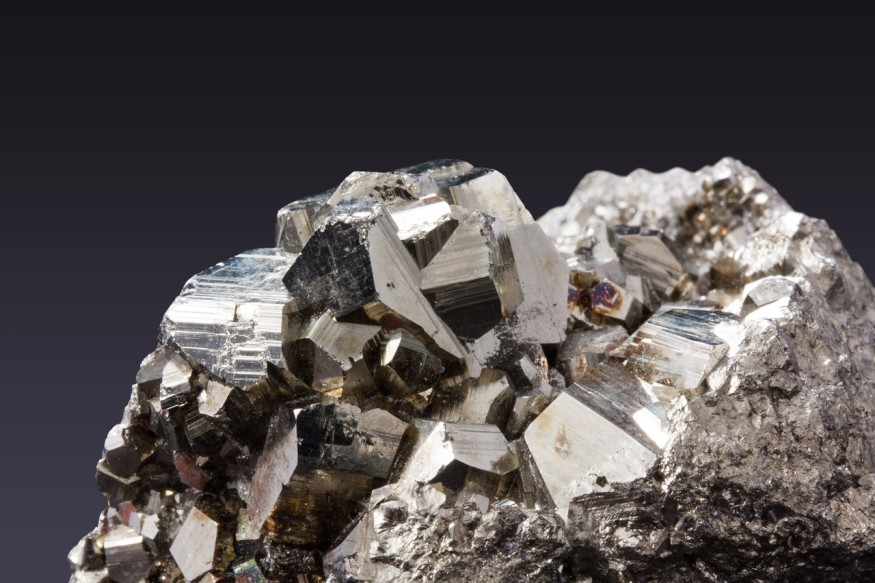Recently researchers from the University of Oxford uncovered the vital role iron plays in the evolution of complex life on the planet and for the possibility of lifeforms in space.
Perfect Circumstances of Iron in Planetary Formation

Iron is a known essential nutrient to virtually all forms of life to thrive and grow. Its significance goes back to the formation of Earth, where the amount of the mineral in the planet's rocky mantle was determined by conditions that formed Earth and went to have significant ramifications to how complex life forms developed. Jon Wade, co-author of the study and an Associate Professor of Planetary Materials at the University of Oxford, explains in an article by Brinkwire that the amount of iron was "set" by during the formation of the planetary accretion where the metallic core segregated the iron from its rocky mantle.
He adds that not enough iron in the rocky portions of a planet, similar to circumstances at Mercury, results in unlikely signs of life. Likewise, too much iron, similar to conditions on Mars, and water tends to become difficult to maintain on the planet's surface, especially during times that are significant to the evolution of life.
Today, scientists uncovered the likely mechanisms at play by which iron was able to influence the development and growth of complex life forms that can also be a basis for understanding how likely complex life forms may be on other planets in space.
Iron's Vital Role in the Evolution of Complex Life
In the beginning, the conditions of iron on Earth would have had to be optimal to ensure the surface retention of water on the planet. Additionally, the mineral would have been water-soluble, making it available to give simple life forms a headstart in development. On the other hand, when oxygen levels on the planet started rising by roughly 2.4 billion years in the past in an event known as the Great Oxygenation Event, it reacted with iron that led to it eventually becoming insoluble. Gigatons of the mineral dropped out of seawater, where it became less available to developing life forms, reports SciTechDaily.
Hal Drakesmith, co-author of the study published in the journal PNAS, titled "Temporal Variation Of Planetary Iron As A Driver Of Evolution," explains that life had to find newer ways to obtain the amount of iron it needs. Infection, multicellularity, and symbiosis are all behaviors that allow complex life forms to efficiently capture and utilize the scarce vital nutrients. He adds that if the characteristics had been adopted by early life forms sooner, it would have led to more complex evolution than what we have today. Complex organisms need iron to be a driver of their evolution; adapting techniques to acquire the scarce mineral may prove to either be a rare or random occurrence. This theory can also serve as a basis for the likeness of complex life forms on other planets in space.
RELATED ARTICLE : Ancient Big-Headed Fish May Be the Key to Evolution, Brain Scans Show They Left Water to Invade Land
Check out more news and information on Evolution in Science Times.










